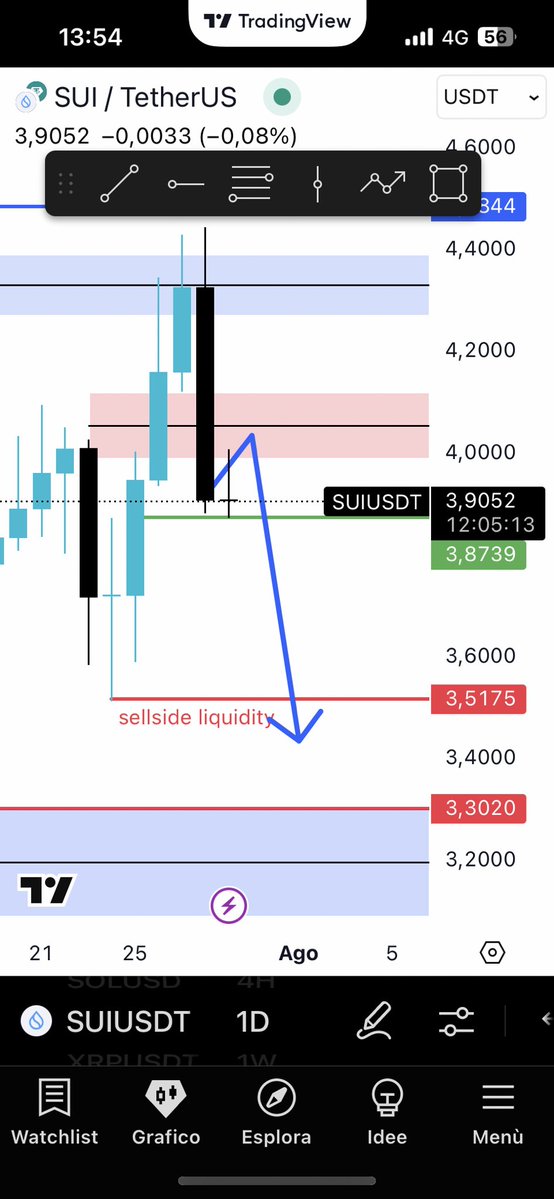Imagine navigating a vast, ever-changing landscape where the only constants are patterns hidden within the chaos. In the world of trading, these patterns are not just abstract concepts but powerful tools that can predict market movements with remarkable accuracy. Among these tools, the Butterfly pattern stands out for its precision and potential to signal significant price reversals. Let’s embark on a journey to understand the intricacies of the Butterfly pattern, its applications, and its power in the realm of trading.
The Foundation of Harmonic Patterns
Harmonic patterns are geometric price structures that traders use to identify potential reversal points in the market. These patterns are rooted in Fibonacci numbers and ratios, which are prevalent in both nature and finance. The most well-known harmonic patterns include the Gartley, Butterfly, Bat, and Crab patterns. Each pattern has its unique structure and implications, but they all share the common goal of identifying high-probability reversal zones.
The Butterfly pattern, in particular, is celebrated for its precision and the potential for substantial price movements. It consists of five distinct points, labeled X, A, B, C, and D. The pattern is considered complete when point D reaches specific Fibonacci extension levels from point X.
The Anatomy of the Butterfly Pattern
To fully grasp the Butterfly pattern, let’s dissect its structure:
– Point X: The starting point of the pattern.
– Point A: The first significant price movement from X, typically a 78.6% Fibonacci retracement.
– Point B: A retracement from A, usually around 38.2% to 88.6% of the XA leg.
– Point C: A continuation from B, often extending 127% to 161.8% of the AB leg.
– Point D: The final point, which completes the pattern. It is a 127% to 161.8% extension of the XA leg and a 161.8% to 261.8% extension of the BC leg.
The Butterfly pattern is deemed complete when point D reaches the specified Fibonacci extension levels. This completion often signals a potential reversal in the market, making it a crucial point for traders to observe.
The Power of the Butterfly Pattern
The Butterfly pattern is renowned for its precision and the potential for significant price movements. Traders often use this pattern to identify high-probability reversal zones, allowing them to enter trades with a favorable risk-reward ratio. The pattern’s reliability is deeply rooted in its adherence to Fibonacci ratios, which are fundamental to financial markets.
One of the key advantages of the Butterfly pattern is its ability to provide clear entry and exit points. By identifying the completion of the pattern at point D, traders can set precise stop-loss and take-profit levels, thereby enhancing the effectiveness of their trading strategy. This precision is what makes the Butterfly pattern a valuable tool in a trader’s arsenal.
Applying the Butterfly Pattern in Trading
To effectively apply the Butterfly pattern in trading, follow these steps:
Case Study: The Butterfly Pattern in Action
Let’s consider a real-world example to illustrate the Butterfly pattern in action. In a recent analysis, a trader identified a bullish Butterfly pattern on the Bitcoin chart. The pattern’s completion at point D signaled a potential reversal, prompting the trader to enter a long position. The trade resulted in a significant price movement, with Bitcoin’s price increasing by over 1000% from the pattern’s completion point. This example underscores the pattern’s precision and potential for substantial gains.
The Future of Harmonic Patterns
As the world of trading continues to evolve, harmonic patterns like the Butterfly will remain indispensable tools for traders. Their adherence to Fibonacci ratios and geometric structures provides a reliable framework for identifying market reversals. With advancements in technology and data analysis, traders can expect even more precise and effective applications of harmonic patterns in the future.
The integration of artificial intelligence and machine learning in trading platforms will further enhance the accuracy and efficiency of harmonic pattern identification. These technologies can analyze vast amounts of data in real-time, providing traders with timely and accurate signals. Additionally, the development of more sophisticated charting tools and algorithms will enable traders to identify and act on harmonic patterns with greater confidence.
Conclusion: Embracing the Power of Precision
The Butterfly pattern is a testament to the power of precision in trading. By understanding its structure and applying it effectively, traders can identify high-probability reversal zones and capitalize on significant price movements. As we continue to explore the depths of harmonic patterns, let us embrace the precision they offer and use it to navigate the ever-changing landscape of financial markets.
In a world where uncertainty is the only certainty, harmonic patterns like the Butterfly provide a beacon of predictability. They offer traders a structured approach to identifying market reversals, allowing them to make informed decisions and achieve consistent success. As we look to the future, let us continue to refine our understanding and application of these powerful tools, ensuring that we remain at the forefront of the trading world.











